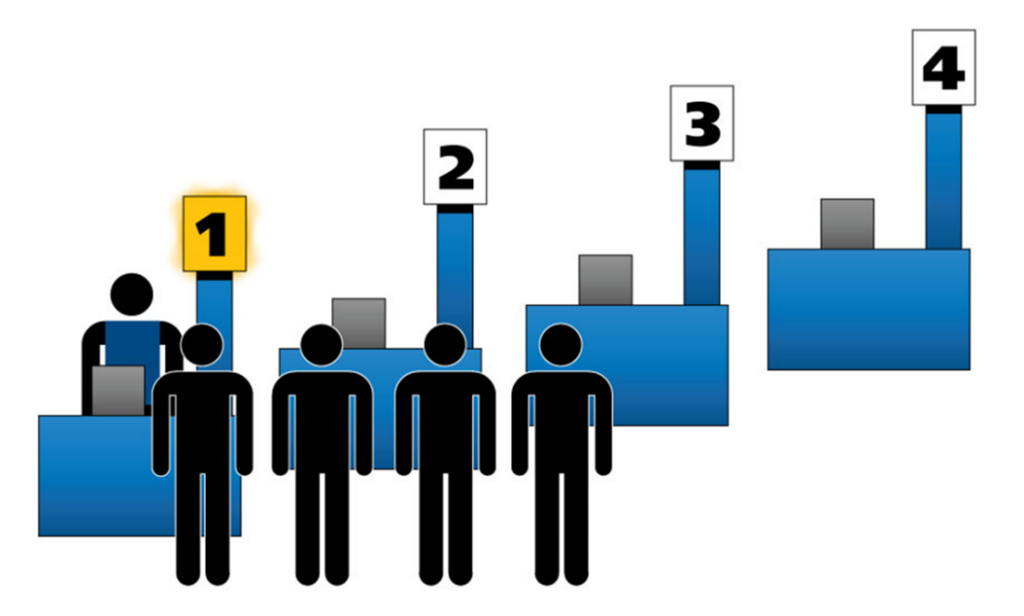
As a healthcare IT leader, I am sure you are familiar with complaints about your EHR system performance. It is not uncommon to hear things such as the EHR being “sometimes fast and sometimes slow” or for end-users to nag about the inconsistencies and variabilities in performance. Although you might believe this to be a capacity or code-related issue, time and time again, we’ve seen this to be related to the tuning of your Oracle Cerner system.
When performance issues occur, they are typically a result of capacity or throughput issues. The former involves CPU/memory, whereas the latter relates to how the system is tuned and configured. When we encounter other vendors who are helping optimize Oracle Cerner EHRs, they’re focused on reducing click paths, updating to the latest version of code, or pitching additional features. At Softek, we optimize in a different way by configuring the existing build to handle the throughput optimally. The good news? These issues can be addressed without purchasing any new hardware or taking a new version of code.
We use the Walmart example to help explain capacity versus throughput issues. Imagine you go to Walmart at 9 p.m. to grab a few things. Why is it that you find yourself waiting in line? After all, there are several lanes available. The answer is that there is not enough staff working to check out customers.

Relating this example to your Oracle Cerner EHR, this example can paint a pretty good picture of how your system is processing transactions on the back end. Your vendor might have told you that you have more than enough CPU or memory (lanes available), which is likely true. However, you might be experiencing a configuration issue where there aren’t enough instances (cashiers) on the given server to handle your transactions efficiently.
At Softek, we help solve these problems by analyzing your clinical transactions and pinpointing the servers that may have bottlenecks. Without this, clients have the expectation of managing performance issues without having much visibility into these types of issues.
One report we generate out of Panther is our Queuing Performance Spreadsheet (QPS), which shows on a weekly basis exactly how much time clinicians have spent unnecessarily waiting on the system. We can see the data, accumulate that across a seven-day or 14-day sample, and show you where bottlenecks occur. This report provides you with the data and detailed recommendations on how to improve throughput.
We’ve seen great results with clients who are actively using our QPS report. The only way to address these issues is to do so on a recurring basis. It’s not a project-based solution and not a one-and-done report. We want our clients to be pulling that report every week so we can give our recommendations to increase their EHR efficiency. On average, our clients go from 128 hours of clinical wait time reduced down to 12 hours with no new hardware or code. By using Softek’s Panther software, our clients are getting the most out of their system from a throughput perspective.
What does Softek® do?
Softek’s mission is to help hospital systems maximize their investment in Oracle Cerner Millennium®. We do this by providing innovative software solutions and consulting services that can achieve more together than either can alone.
At Softek, our team of innovators and software developers brings expertise beyond the ordinary to every client. Our experts are involved with Oracle Cerner Millennium® hospitals throughout the country, consulting clients so they can optimize system performance and revenue integrity.
Softek delivers a full suite of consulting services and software solutions to assess and optimize EMR system performance, including revenue cycle integrity and patient accounting.
Softek was awarded 2021 Best in KLAS for Revenue Cycle Optimization.
Let’s talk about how you can get the most out of your Oracle Cerner Millennium® system.
